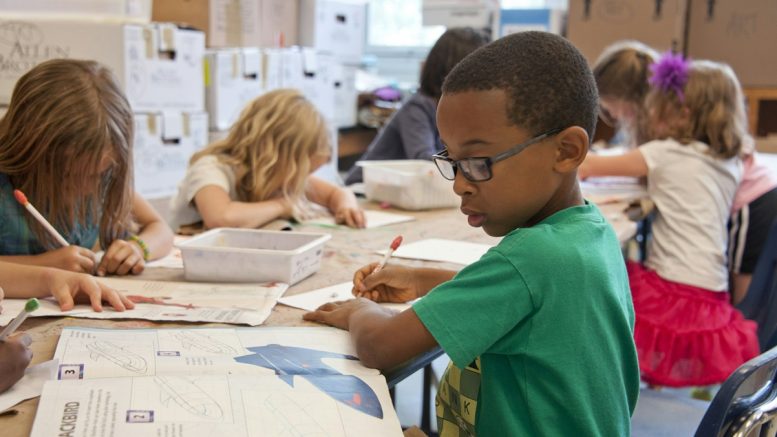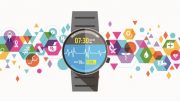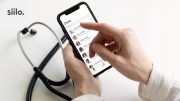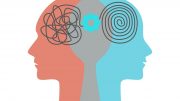Even moderate sight or hearing issues can impact on educational attainment in any individual. Schools should implement routine vision and hearing screenings for their students. These screenings can help identify potential issues early on, allowing for timely intervention. Educating students, teachers, and parents about the importance of eye health is also vital. Additionally, schools can conduct awareness campaigns on safe listening practices, emphasising the importance of controlling headphone volume and taking breaks to prevent hearing damage.
It is now thought that a large percentage of ‘learning difficulties’ could be due to hearing and/or vision impairments. According to the Cooper Institute, 60% of ‘problem learners’ may suffer from vision problems. Additionally, a number of studies show that up to 40% of students who have been diagnosed with a learning disability can be suffering from an undiagnosed visual impairment.
What’s more, hearing impairment was found to be associated with attention problems, poorer school performance and, for boys in particular, behaviour issues. This is because those with hearing impairments can become frustrated and bored.
Outcomes for children with undiagnosed hearing and/or vision issues
Education is predominantly visual, with around 80% of learning being vision-based. Most of the other 20% is auditory – hearing what teachers are saying.
Children with both hearing and vision difficulties are much less likely to achieve Key Stage 2 (KS2) targets, compared with those children without any impairment, and go on to achieve lower grades overall at GCSE level. As a result, their chances of progressing to further education can be reduced, also impacting their self-esteem and career prospects.
What is truly tragic is that undetected hearing and vision can often be corrected or adjusted for, very easily. For example, in a study by UCLA, 80-90% of vision problems can be corrected with a pair of glasses.
But without knowing which children’s progress or behaviour are affected by vision or hearing problems, schools are powerless to make appropriate and cost effective interventions.
How can schools take responsibility for checking vision and hearing
While you might think identifying children with poor vision or hearing are Public Health issues, the impact is often on children’s education.
The NHS conducts vision and screening but only at Reception age and coverage can be patchy. Far fewer areas screen for Hearing. And for vision, the main target is just one condition, Lazy Eye (Amblyopia) whereas other conditions, especially short sightedness (myopia) and colour blindness can affect learning outcomes. Both Hearing and Vision changes can occur naturally over time, as children grow. Other causes of change include prolonged exposure to excessive sound or time in front of computer screens. For example, one effect of the COVID-19 lockdowns has been a very sharp increase in childhood short sightedness as children spent less time outside and more time in front of laptops. Over a relatively short period myopia has increased by 250%.
Around 8% of boys and 2% of girls have a colour vision impairment. Colour vision is not part of NHS vision screening programmes because there is no treatment for the condition. With the knowledge of which children have a colour vision impairment, schools can make very simple and effective adjustments – but schools need the data. The same goes for other undetected vision and hearing conditions.
How easy is checking children at KS2 and 3 for schools for vision and hearing?
With software like SchoolScreener for Schools, it is very quick and easy for schools to check children’s hearing and vision. No clinical knowledge is needed, enabling SEN or Support Staff to conduct quick checks after less than 30 minutes online training. Schools also automatically receive the data to be able to plan and support children appropriately. Parents also receive a report suggesting, if necessary, that they take their child for further assessment – for vision to a high street optician, and for hearing to their GP. A full assessment from High Street opticians is free of charge, as are glasses for 5-16 year olds. The SchoolScreener for Schools software is a variant of SchoolScreener used in the NHS to screen children at Reception in over 5,000 schools.
Alternatively, software providers, such as Thomson Screening (developers of SchoolScreener) can supply DBS/Enhanced Disclosure-compliant staff to carry out checks at KS2 and KS3 on the school’s behalf.
The benefits of reports for schools
It is crucial to address the potential impact of increased screen time and headphone use on children’s sensory health. Schools play a pivotal role in identifying and supporting students with undiagnosed vision or hearing issues. Implementing a programme of regular checks during Key stages 2 and 3 means schools are armed with the knowledge and data to make informed decisions, better plan resources, save costs and provide necessary adjustments to support their children as they develop during the later stages of Primary and Early Secondary schooling.
ABOUT THE AUTHOR
Michael Ter-Berg is CEO of Thomson Screening. The company was founded in 2011 by City, University of London to further develop and implement the work of Professor David Thomson, for 25 years head of Department at the University’s Department of Optometry and Dr. Sebastian Hendricks, Consultant at Great Ormond Street Hospital in Paediatric Audiovestibular Medicine.
Thomson Screening’s products address healthcare and education around the world with the software managing over 3 million screenings in schools to date. The software also provides automating data reporting and administration. Users include the NHS and schools in the UK, non-profit organisations in the USA and NGOs in developing countries. https://schoolscreener.com/
Sources:
https://bmjpaedsopen.bmj.com/content/3/1/e000389
https://visiontolearn.org/impact/ucla-study-impact-analysis-of-vision-to-learn/
https://visiontolearn.org/wp-content/uploads/UCLA-Published-Vision-To-Learn-Study.pdf
https://www.cooperinstitute.org/blog/vision-and-learning-are-linked





